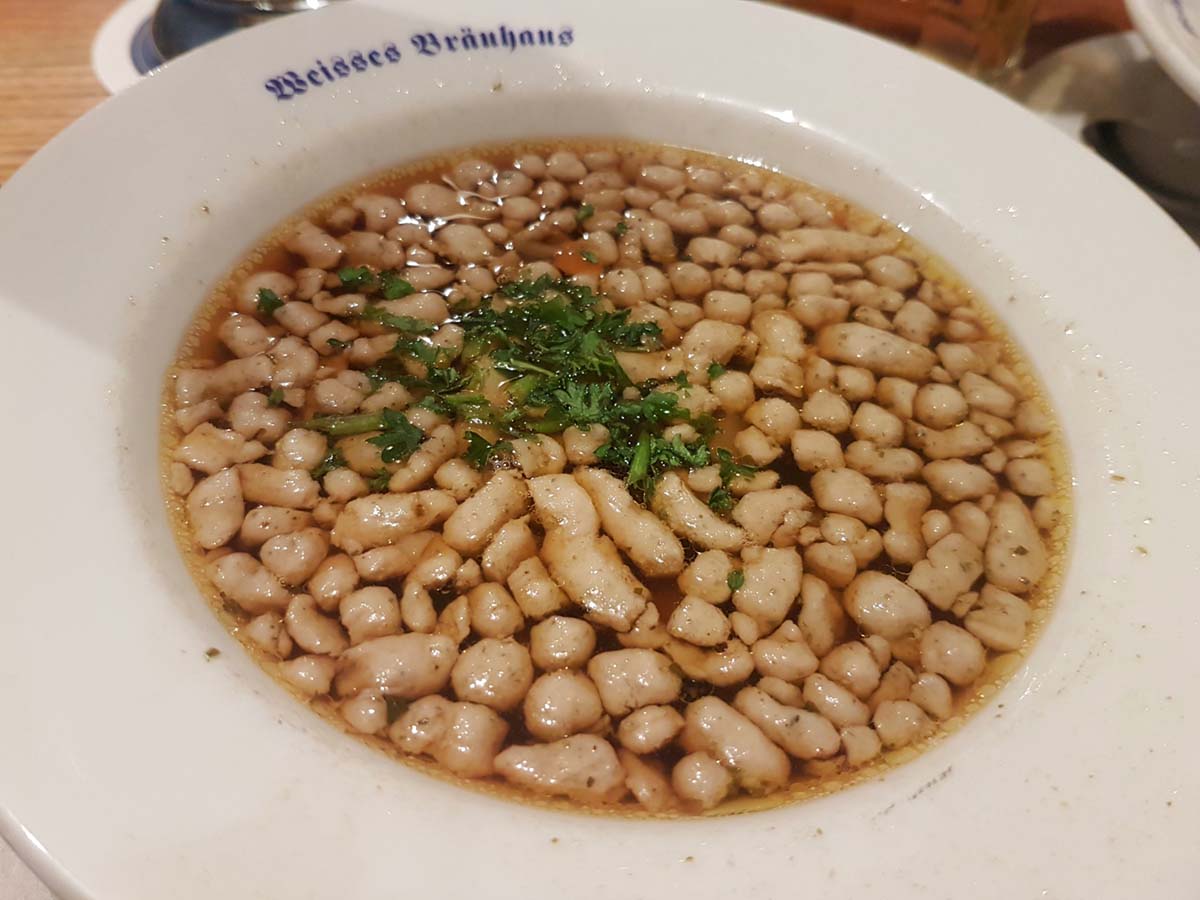
Gastric bypass diet is a special diet for people who had gastric bypass surgery. This type of surgery actually changes your anatomy, or the anatomy of your stomach at least, and you need to face some serious changes in your eating habits.
After the surgical procedure is over and you start the recovery process, your doctor will address you to the professional dietitian who can help you create the plan for your diet. He or she will advise you what to eat and what to avoid, how much and which food to eat for every meal of the day, and even how to prepare the food suitable for your stomach after thesurgery.
You should know that there are different phases of the diet after the gastric bypass surgery. Adaptation of your own body to the new circumstances and new ways of food digestion usually dictates the tempo of the diet stages. In most cases it takes about 3 months to get back to the solid, regular food with normal texture.
Liquid Diet
This is the first stage of the gastric bypass diet, and it usually involves people who just had the surgery done. It lasts for a day or two, until the staple line starts to heal. After that time, the diet is consisted of liquids on the room temperature, usually some broths, strained cream soups, milk and unsweetened gelatin or juice. It is recommend to sip the fluids very slowly and to take only 2 to 3 ounces at a time (which is about 59 to 89ml).
Pureed Food
When you can tolerate liquid food, doctors and dietitians will introduce some pureed food to your menu. You can now take some soft fruits and vegetables, egg whites, fish, lean meat, beans and yogurt. These should be blended with some liquid, and you can choose from: skimmed milk, water, unsweetened juice, some fat free gravy or broth. Avoid spices and milk products at this point of the diet, or use it very carefully and in very small amounts.
Soft Solid Food
Pureed foods should be used for several weeks and once your doctor approves, you can start with some soft solid food. Mash the food with the fork, and you can eat diced meat, cooked vegetables or even some fruits.
Solid Food
Eight weeks after the surgery, if you were able to tolerate all the food so far, you can integrate some solid food to the menu. Spices and crunchy food might still be difficult to digest, so be careful with these types of food. It’s advisable to avoid popcorns, breads, nuts, seeds, dried fruits, granola, tough meat, carbonated drinks and fibrous vegetables.
Additional Tips
Always eat small amounts of food, eat slowly and chew the food you eat. Choose the food rich in proteins and avoid high sugar and high fat food. Between the meals remember to take some liquids and drink slowly. When introducing something new to the menu always be careful and watch for the reaction of your body. Use recommended mineral and vitamin supplements regularly.



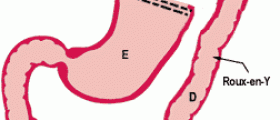
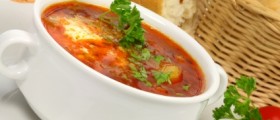
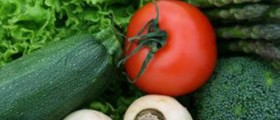
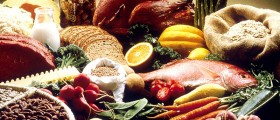

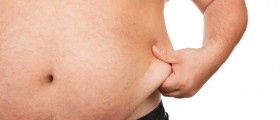
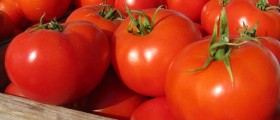



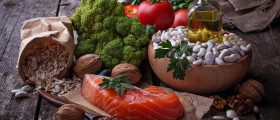
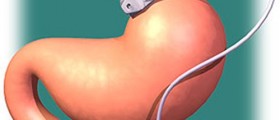
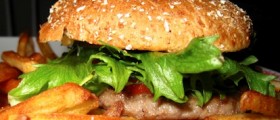

Your thoughts on this
Loading...